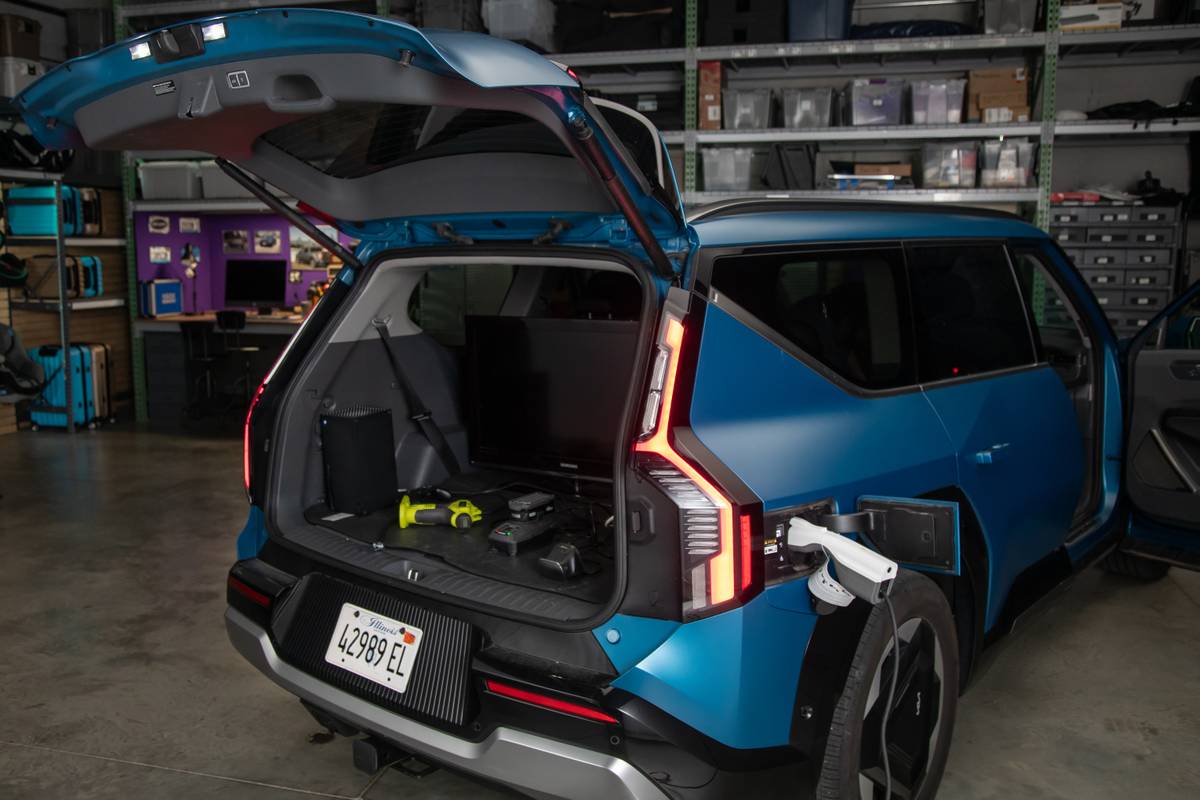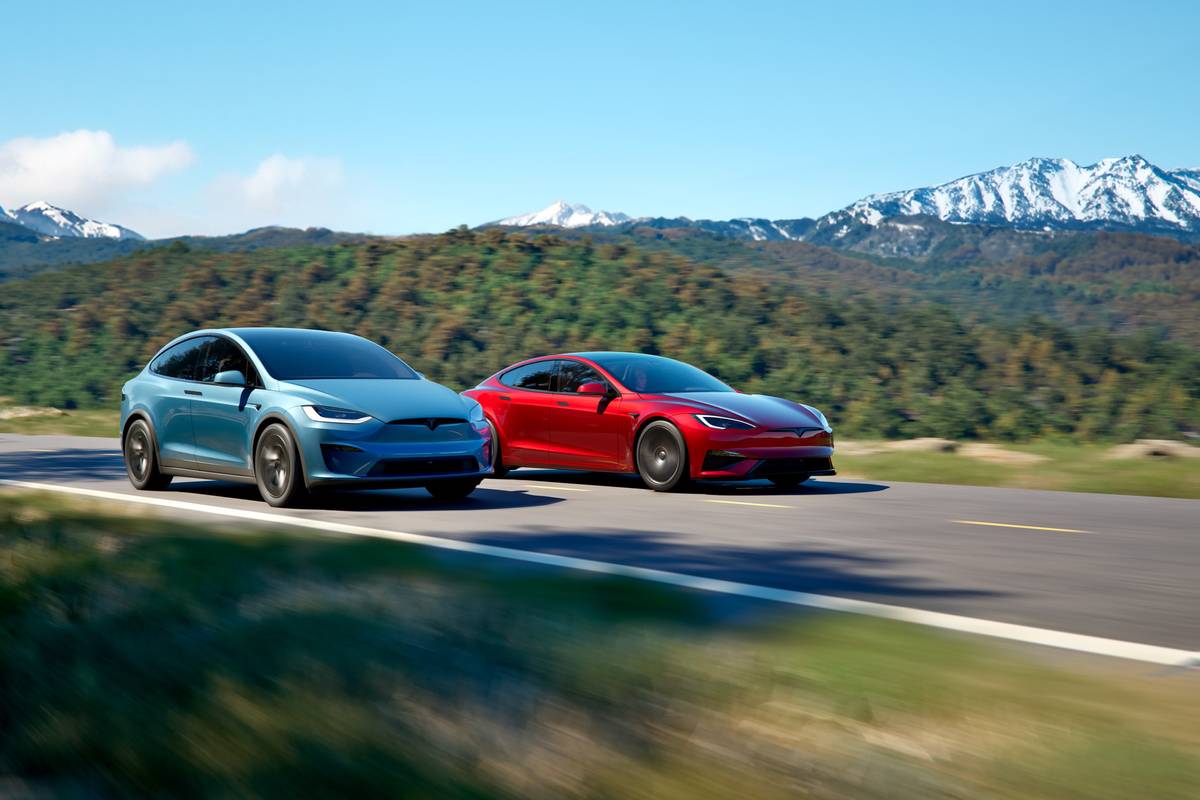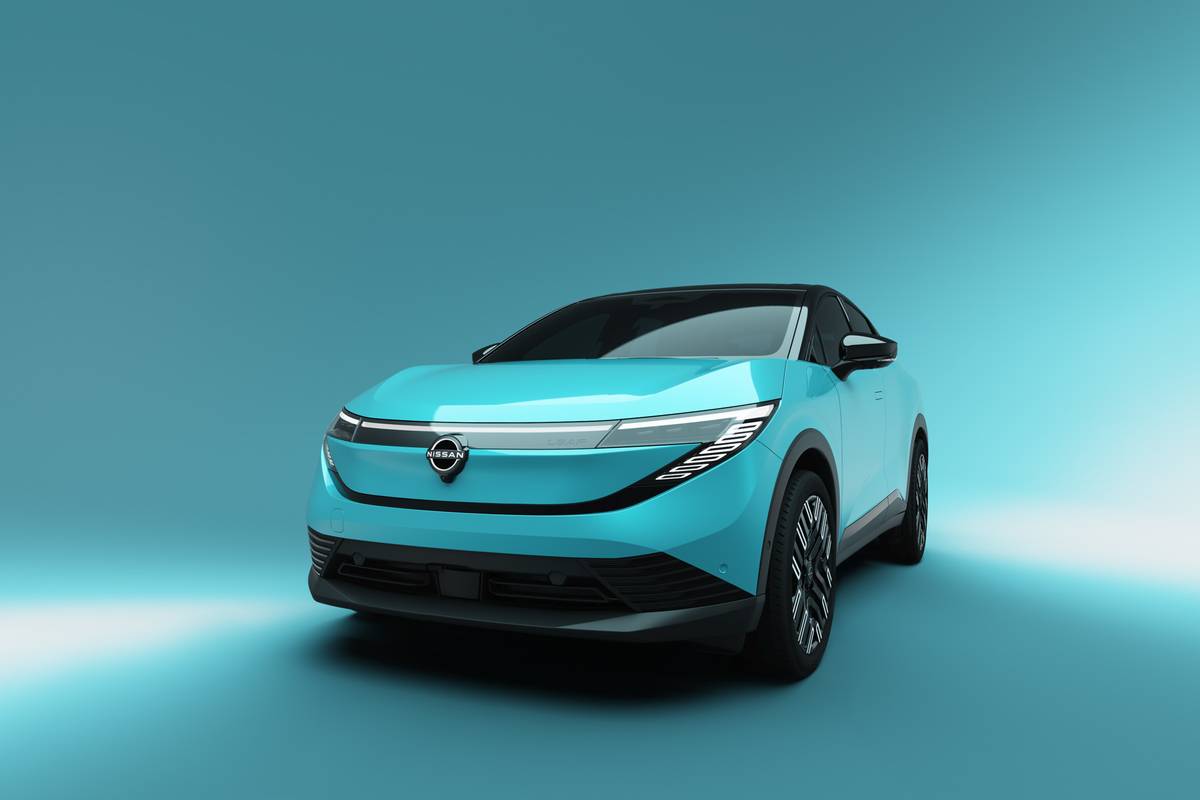Boston.com's view
Transfiguration: To alter the outward appearance. — The American Heritage College Dictionary.
The auto industry has long had a quietly spoken, similar term.
Rebadging: To take one car, fool around slightly with its exterior, give it a different model name, and foist it on the public as today’s newest Ford/Dodge/Chevrolet/what have you. — Royal Newton Ford.
Rebadging was a bad thing, and car companies, particularly the Big Three, suffered for it as the public caught on.
It’s still going on, now it’s called platform sharing, but I don’t think it’s a bad thing anymore. That’s because more than simple exterior tweaking is taking place. In a cost effective way, auto companies are using the same bases — call it automotive DNA — to produce true variants of the same platforms.
It’s prevalent in the world of SUVs.
At Ford Motor Co., the Expedition gave us the Lincoln Navigator. The Explorer gave us the Mercury Mountaineer. And now, the Explorer has given us what I think is the best SUV in the Ford lineup: The Lincoln Aviator.
Simply, the Aviator is a smaller copy of the wildly popular (pro athletes love it) and luxurious Lincoln Navigator.
And at as much as $20,000 cheaper, depending on options, unless you feel the need for the sheer, imposing bulk of the Navigator, I’d shop this hard against the bigger rig.
When the Lincoln folks set out to design the Aviator they first went out and drove its potential competitors from BMW, Mercedes-Benz, Jaguar, Lexus, and Cadillac.
The result is an SUV that’s Explorer-based, but has more of its own parts.
It has a gorgeous interior, distinct Lincoln exterior, and remarkable ride and handling that, other than the high seating position, is evocative of the Lincoln LS sedan. Quite a feat in a vehicle that seats six or seven depending on seat choices, offers all-wheel drive, has a huge rear cargo area when seats are folded down, and is unashamedly an SUV that doesn’t pretend to be an off road brawler.
The exterior looks part Explorer, part Navigator, with a pronounced swelling all around its lower lines. The Lincoln grille, with its black slats and familiar badge, is unmistakable. Exterior fog lamps built into the front bumper fascia give it a truck-like aura.
Inside, it is anything but truck. It has one of the finest American-manufactured interiors I’ve seen in a while, a nice touch of understated elegance, with textured material covering the dash and door tops, touches of polished metal that look like pewter accenting the center control pod, shift panel, door handles and armrests, and a wooden strip bisecting the dash and doors.
It comes with three rows of seating: two well-bolstered buckets up front, a low bench in the rear that seats two, and a middle row option of either twin buckets with their own center console or a 40/20/40 split bench.
In the test car, with the twin seat middle row option, the center console offered two cupholders with a snack tray, a large storage bin, and a writing table.
Storage elsewhere included the center console up front, an overhead console with map lights, storage for sunglasses, hidden storage under the front door armrests, and foldout flaps covering pockets in the front doors.
Legroom and headroom were superb in the two first rows while the low-sitting rear seat is best for children and smaller teenagers.
The Aviator is powered by an all-aluminum 4.6-liter, DOHC, V-8 that produces 302 horsepower. It’s basically the same engine in the Mercury Marauder and Mustang Mach I and, interestingly, is slightly more powerful than the bigger power plant that drives the larger Navigator.
This means the Aviator has a deep pool of reserve power for getting out to pass on the highway, for climbing long grades, and for towing (7,100-7,300 lb. capacity).
Its 5-speed automatic transmission is virtually seamless in its fu ction, shifting precisely at seemingly the right moment every time.
The Aviator comes in either rear-wheel-drive or all-wheel-drive, the latter a permanent feature that uses a viscous coupler. In normal driving, 35 percent of torque goes to the front wheels, 65 to the rear. Monitors send it fore and aft as needed when slippage is detected. Coming later in the model year is an AWD system called SportTrac, with a torque-on-demand transfer case. This version will run in rear-wheel-drive in normal conditions but has the ability to transfer torque not only front and rear, but also side to side.
This means that traction at even a single wheel is enough to move the vehicle. This is an option that, here in New England, I’d consider waiting for.
The ride is remarkably smooth and very quiet with the body isolated from the frame and suspension by two-part body mounts — urethane up top, rubber below — that prevent chatter.
The suspension, which incorporates lightweight metals to reduce unsprung weight, is fully independent, with short and long arm systems, monotube shocks, coil springs, and stabilizer bars front and rear.
This system does a fine job of balancing soft highway ride with the rigidity needed to keep a tall vehicle flat when changing lanes while passing or during sharp back road cornering. And the speed sensitive steering — assisted and light at lower speeds and while parking, heavy and communicative at higher speeds — felt right out of the Lincoln LS.
Standard features are plentiful and they include dual zone electronic climate control, an auxiliary climate system for the two rear rows, heated, adjustable side mirrors with built in approach lamps and turn signal indicators, power-adjustable brake and accelerator pedals, and an alarm-equipped backup warning.
Options include HID headlamps, heated and cooled front seats, upgraded sound, 17-inch aluminum wheels, power moonroof, DVD player (made me very popular among the kids while waiting at the local bus stop), and a Class III towing package.
For safety, dual stage air bags up front are complemented by a safety canopy that descends from the headliners and covers nearly two-thirds of the first and second row side windows. In addition, the frame rail and bumper are designed to be compatible with most cars, protecting drivers in smaller vehicles during collisions.
Again, I think this is the best SUV in the Ford lineup.
Nice touch: The cutouts in cup holders fore and aft that allow for — get this — the handle of a coffee cup.
Annoyance: The Lincoln name embossed in shiny metal on the interior top of the rocker panels. Like my kids would say, "DAA-UH!" If you don’t know, just by looking, what kind of car you’re stepping into when you approach this baby, then somebody else should drive.
Latest news



